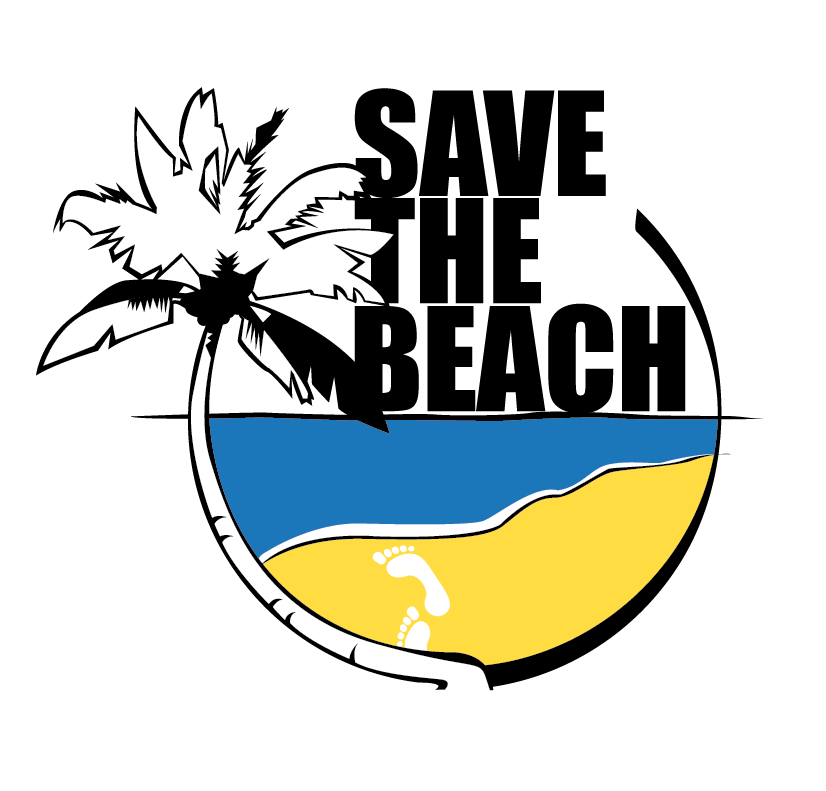REEF CHECK 2022 REPORT
This year was very successful for our RC activities!
We enriched our historical series of data with 23 new reefs and we got the opportunity to train 24 new Eco-divers!
Travelling around different atolls and different reefs, we could witness how the environmental characteristics can change.
Some reefs (e.g. South Ari reefs) present a good recovery rate with high coral cover, while other reefs (e.g. Thulusdhoo outer reef ) still are not quite recovering and the main descriptors present are Rock or Rubble.
We realise that is not possible anymore to differentiate the reefs by only “inner” and “outer” but it is time to consider also the different atolls.
In this first report, we will share our historical series of data parting the outer reefs from the inner reefs.
Reef Check protocol provides two depths of surveying (5m and 10m); for the purpose of this report, we will focus on the 5m depth.
The year 2020 is on the chart but doesn’t show any data, due to the pandemic restrictions we were not able to lead our surveys.
From the chart it is possible to observe how the hard coral cover increased from 2016 to 2017, this result contrasts the expected outcome due to the bleaching event of 2016. But considering the high standard error, the 2016 and 2017 coral cover doesn’t differ much. Until 2017, when it dropped down, from this year it is possible to observe the recovery trend of the hard corals until 2022.
As for the RKC the trend is well explained with the massive bleaching event, in 2016 and 2017 the cover of RKC is the highest, then it drops down.
Rubble doesn’t show any difference through the years, inner reefs are usually characterized by gentle slopes where rubble can easily cumulate.
Rock increased in 2019, probably due to the bleaching event, it takes years for RKC to become RC!
All the other indicators didn’t show any interesting trend.
We need to consider that for all the years the main indicators show a high error standard, this means that the values of the data differ a lot from each other. We believe that these differences can be avoided if the atolls are considered separately.
Also from the outer reefs chart, it looks like coral cover increased from 2016 to 2017, but again the standard error is quite high and the difference is not significant. But from 2018 it is possible to observe the recovery up to 2022.
Recently Killed corals cover follows the bleaching event and decreased significantly after 2017.
Rubble is not very abundant since outer reefs are characterised by a stip slope where rubble has no room for cumulating.
Rock is very high throughout all the years, this is also due to the characteristics of the outer reefs, the rocky spole will be one of the predominant indicators.
All the other indicators don’t show any interesting trend, keeping a homogenous trend.


